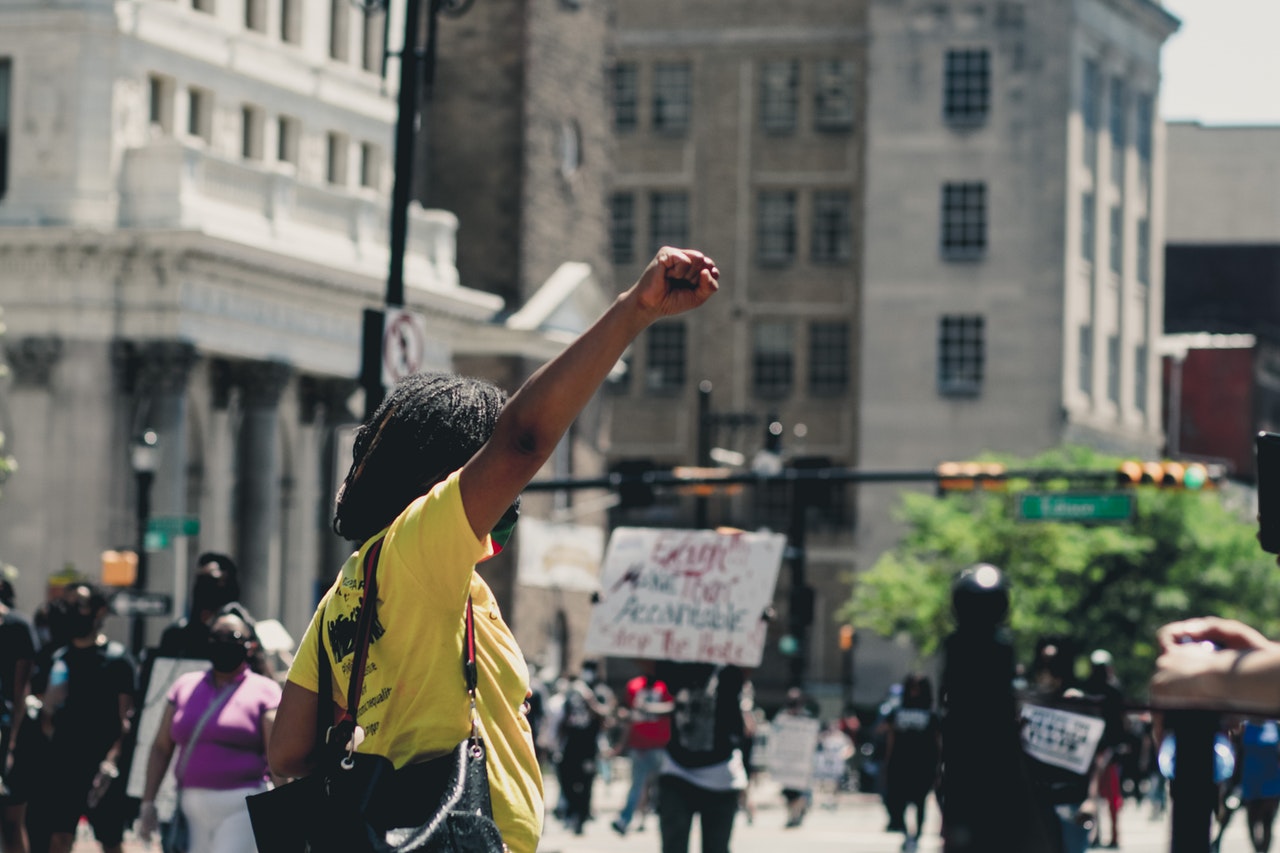Topic: Racial Injustice and the Responsibility of Youth (Grades 11 &12)
Second Place
Title: What Should I Do?
By: Rahma Rizly of Piscataway, NJ
The week after the killing of George Floyd was a blur: signing petitions, emailing representatives, posting the black square, updating my story about Black Lives Matter constantly.
It almost became a meaningless habit, until I came across a video online. Patriot Act: “We Cannot Stay Silent About George Floyd” by Hasan Minhaj resonated with me. Each word felt like a smack in the face as I sat mouth open in shock, speechless. I never realized, until that day, how deeply racism was embedded in South Asian culture, and how growing up in that environment would affect my mentality towards black people. I finally recognized the hypocrisy of the desi community: being colored while being racist. Supporting black representation like Obama as president but resenting ever physically being around them. I saw my own family’s and even my own “subtle racism”: comparing who had lighter or darker skin and labeling people based on the shade of brown they were.
Soon after, there was a Black Lives Matter protest in our town. After mentally preparing for days, I told my parents that I wanted to protest. Their reaction: “Why do you care?”, “You will get hurt protesting”, “The cop who killed him will get arrested anyway.” I remember sitting behind my bedroom’s closed door, crying. It wasn’t about not being able to go as much as it was confirming that the racism in the desi community was also rooted in my parents. From that day, I resolved that I would one day protest, that I would donate to BLM later once I had my own money, and that I would continue to be an activist even after the “trend” died down.
There wasn’t much I could do in the summer of 2020, but to me, what I did from that point meant the world to me. I “had the talk” with my family, which was easier said than done, especially in a South Asian household. Nearly every meal was a heated discussion on racism and BLM. I spoke relentlessly: racism in America was not a binary issue between blacks and whites, our religion encourages activism and standing for justice, the protests were beyond the killing of George Floyd, the stereotypes of black people harm them just as the stereotypes about Muslims do to us. I talked about white supremacy, microaggressions, colorism in the desi community, defunding the police, and our responsibility to be anti-racist as marginalized people. There were tears and loud voices for several weeks, but after a while, my parents and brothers began to listen. Arguments turned into discussions. I remember my mother telling me, in tears, that there were family members who shamed me for being born a slightly darker shade of brown.
Now, I smile as my mom talks to another auntie about the injustices of the legal system regarding black incarceration, and as my dad talks to an African American convert.
This is what activism looks like, what it can do. The BLM movement awakened a part of me I didn’t know existed: I continue to speak up about Palestine, climate change, misogyny, the Uyghur genocide, and other socio-political matters. Youth activism is even more powerful – we can change mindsets and break the cycle of ignorance and racism from our generation onwards. Although it seems unfair that we were born in such a cruel world, we still have to try to change it. After all, we will eventually become the policy-makers, teachers, and parents of the future. We can and must be at the forefront of the fight to minimize discrimination and injustice.

